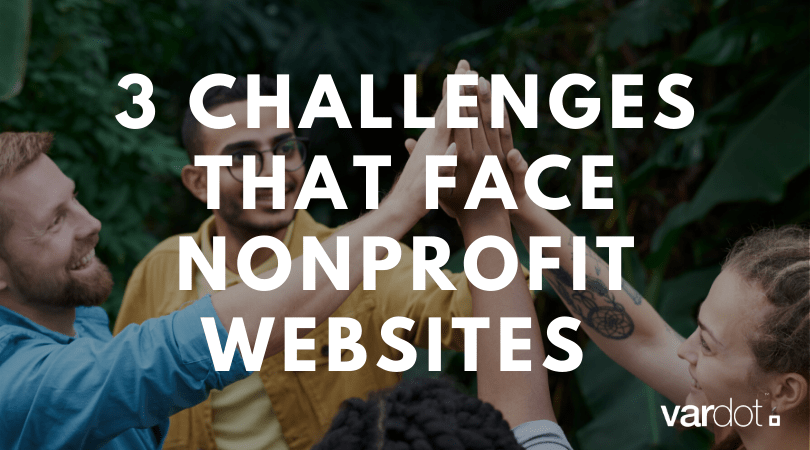- Solutions
- For Industry
- By Need
- Products
- VarbaseEnterprise CMS Distribution for Drupal
- Uber PublisherEnterprise Digital Media Platform Builder
- VardocDrupal Knowledge Base Platform
- Campaign StudioOpen Marketing Platform - by Acquia
- Open SocialSocial Business Platform - by Open Social
- Services
- Strategy
- Design
- Development
- Migration
- Support and MaintenanceSupport and Maintenance
- DevOps
- Digital Marketing

Datasheet

- Clients
- Ideas
- About
- Contact Us

International SEO in Drupal: Building for Global Audience
Internationalization it's not just translating content. It's about making your website visible and relevant to people in different countries, languages, and cultures.
Someone in Tokyo searching for best running shoes isn't looking for the same thing as someone in Toronto. Language is just the beginning. There are cultural differences, local competitors, other search engines like Baidu, and different search habits.
There are over 5 billion internet users worldwide, most of whom don't speak English as their first language. If you only target English speakers, you're missing big opportunities.
The Real Challenges
International SEO can be tough and here's why:
Language issues: Google Translate isn't enough for business content. You need professional translation that understands context and cultural details.
Tech problems: Hreflang tags? Subdomains vs. subdirectories? These tech choices can make or break your international SEO. It can be a lot if you're not used to it.
Cultural issues: What works in one culture might fail or offend in another. Red is good for Chinese New Year, but not for a funeral business. Culture matters.
Different search engines, different rules: Google is big, but China uses Baidu, and Russia uses Yandex. They each have their own rules.
If you do it right, it's amazing. You grow your market and enter areas with less competition. Local content builds trust.
Your Plan for International SEO Success
Step 1: Know Your Audience
Understand who you're trying to reach. It's more than just people who speak French.
Check your analytics. Where's your international traffic coming from? Any surprises from Brazil or the Netherlands?
Research local culture. When do people shop online? How do they pay? What social media do they use? (It might not be Facebook and Instagram.)
Step 2: Get the Tech Right
This is a bit technical, but it's vital.
Hreflang tags are key. They tell search engines which page version to show to which users. Get them wrong, and you might show Japanese content to Koreans.
Domain structure is another choice. You can use country-specific domains (.fr for France), subdomains (fr.yoursite.com), or subdirectories (yoursite.com/fr). Each has pros and cons:
- Country domains (.fr, .de) show strong local relevance but can cost more and be harder to handle.
- Subdomains are easier to set up but can weaken your domain authority.
- Subdirectories are the easiest to handle and keep domain authority but might not show local relevance as well.
Server location matters. If your audience is in Germany, having servers there (or in Europe) speeds up load times, which Google likes.
Step 3: Localization Is Key
Many businesses mess this up. Localization isn't just translation.
You need good translation, not from a regular Spanish speaker. You need cultural adaptation.
Selling winter coats to Australians? Remember their winter is our summer. Talking to Germans? Know they want product details and care about privacy.
Local keyword research is also needed. People search differently by country. Americans search for sneakers, while Brits search for trainers.
Step 4: Build Local Credibility
For international SEO, get links from trusted websites in your target countries. A link from a German news site helps more for German search results than an American blog link.
Work with local influencers, get listed in local directories, and create content local media will share.
Why Drupal Helps with International SEO
Drupal's multilingual support is well-thought-out and built in:
- Language detection shows the right language based on user settings.
- Content translation lets you handle multiple language versions easily.
- URL handling supports language-specific paths (like /en/about or /fr/apropos).
- The i18n module
The Internationalization (i18n) module helps with the small details:
- Translates content, taxonomy, menus, and other things.
- Handles hreflang tags automatically (when set up right).
- Controls which content blocks appear for each language.
Key Modules for International SEO
Drupal has modules that help further with international SEO:
- Pathauto makes SEO-friendly URLs with language codes, like /fr/a-propos-de-nous instead of node/123.
- Metatag handles meta tags, including hreflang tags.
- Redirect handles URL redirects when you change URLs for different languages or regions.
- XML Sitemap makes sitemaps with all your multilingual pages, so search engines can find and index your content.
Varbase: A Strong Choice for International SEO
Varbase by Vardot, has pre-installed SEO tools and settings. It's like Drupal with expert SEO already done.
The Varbase SEO Module
The Varbase SEO module is like having an SEO expert. It has 14 sub-modules for meta tags, structured data, and redirect handling.
It gives you real-time SEO feedback as you create content, like keyword density, meta descriptions, and readability. It's like Yoast for WordPress, but better.
It also adds Schema.org markup to your content, which helps search engines understand your pages and show rich snippets in search results.
Example: Taking an E-commerce Site Global
Let's say you have an online coffee store and want to expand to France and Germany.
Step 1: Set up your multilingual site
Use Drupal's i18n module to create French (/fr) and German (/de) versions. Varbase's SEO module handles URLs and hreflang tags.
Step 2: Localize your content
Don't just translate premium coffee to café premium. Research how French coffee lovers talk about coffee. Use terms like torréfaction artisanale or café de spécialité. Change your product descriptions.
Step 3: Optimize for local search
German customers might search for Kaffeebohnen online kaufen, while French customers search for acheter café en grains en ligne. Varbase's SEO helps you adjust each page for the right keywords.
Step 4: Technical Optimization
Pathauto makes URLs like /fr/cafe-ethiopie-moka and /de/kaffee-aethiopien-mokka. The Metatag module makes sure hreflang is right, so Google shows the correct version to users.
In Conclusion
International SEO is more than translation. It's about creating local experiences that connect with different cultures. It's hard, but connecting with a global audience is worth it.
Drupal and Varbase are good for international SEO, handling tech details and letting you create localized experiences. Whether you're a small business or a large company, these tools can help you with international SEO.
Start with a solid plan, localize well, and use the right tools. With Drupal and Varbase, you can take your website worldwide.
Remember: international SEO takes time. Be patient, careful, and focus on your international users. They'll reward you with their business.
Photo by Pixabay
- Drupal
- SEO
- i18n



